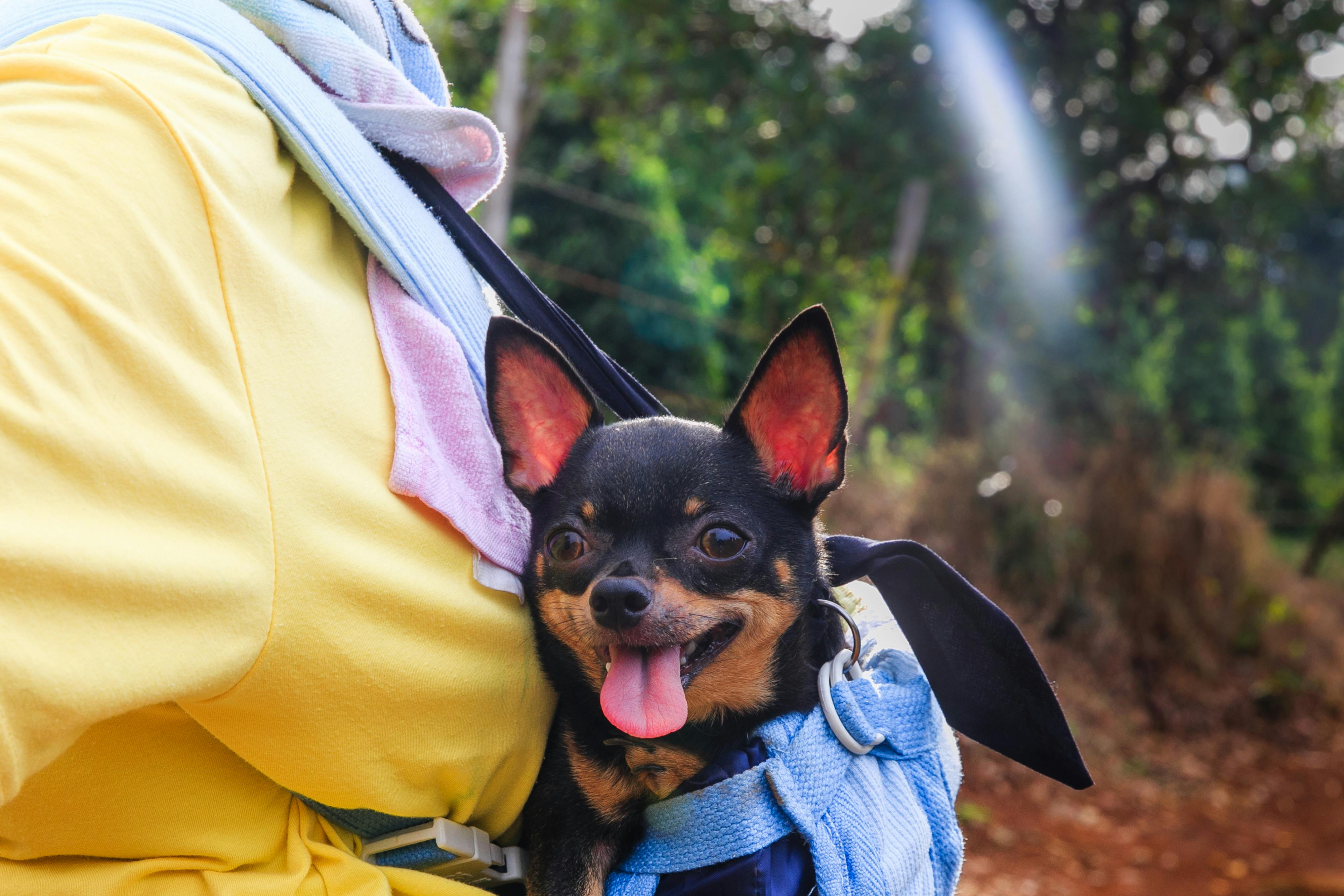We all want to protect our babies, building a predator-proof chicken coop is probably the most important aspect of protecting them. Chicken predators come in all shapes and sizes. Cats, dogs, snakes, owls, and hawks, for example. The list can be overwhelming. Here are some quick tips to get started with protecting your co-op from predators.
Motion sensor lighting is an obvious first choice. Nocturnal predators, such as coyotes, foxes, and owls, hunt at night and are easily startled just by turning the light on and off. Although this has worked in various situations for many people, it is not always the final solution you are looking for. Eventually, the predator will get hungry enough to ignore the light or at least make a mad dash for food in hopes of getting away with it.
Secure your chickens during the night hours to keep them away from predators. A predator-proof chicken coop should be strong enough to keep hungry local animals away. Dogs and foxes can get through thin material with ease. A determined raccoon will undo your latches, they are smart creatures too! Using 2-step latches really helps. Be aware that a raccoon can open the same locks as a 2-year-old can. Close any small holes that snakes, mice, rats, or weasels can enter. These guys will eat your eggs and they won’t stop coming back even if they’ve been relocated.
Chicken wire is a terrible way to protect a chicken house from predators. Chicken wire is very thin and designed to keep chickens inside, most animals can easily tear it from the outside. Instead it was necessary to use 1/2 chain link to keep small animals like mice and snakes away and livestock fences to keep larger predators away. Be aware that some animals like foxes and coyotes can easily dig a couple of feet in a few minutes. Extending the fabric or wire to the ground generally prevents them from digging past the fence. My experience tells me that predators are lazy and will always search for the easiest food available and will leave their chickens alone if they have to work too hard to get it.
A caged roof over the track keeps pesky climbing and flying predators out. A predator-proof chicken coop can ward off aerial threats like owls, hawks, and other raptors. Yes, raptors can fly with their chickens. Even the Orpington chicken, which is quite a large breed! In most cases, cheap nets will work unless you have trouble with animals climbing over the fence and attacking your babies.
In conclusion, its location decides what is needed to make a predator-proof chicken coop. Different areas and environments have different predators and dangers. Sometimes an electric fence is required, especially if you are in an area that has bears and lynxes for predators. Not many animals will go further than the first hit, it surprises them!
